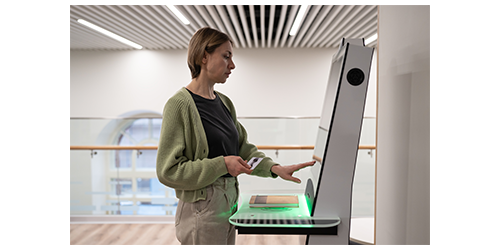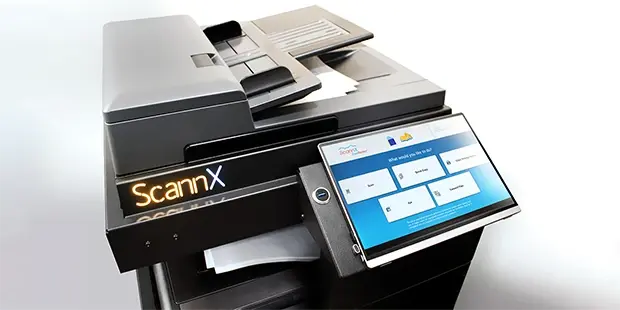Today’s influx of technological advancement has changed library management and processes, amplifying the job functions of a librarian. Librarians are no longer responsible solely for finding books and helping to teach your library processes. Today, a librarian must learn new technology, catalog the Internet, analyze library information and train others on subjects such as basic computer functions, information searches and sometimes even the use of programs like advanced video editing software or Photoshop.
Asking The Right Questions
The challenge that library administration and management now face is understanding what skills and qualifications should be required when seeking new librarians. If you’re planning on hiring new team members, consider these library staffing questions:
- How much technology do you (plan to) leverage?
- How big is your library and its population of patrons?
- How many hard books do you keep on shelves?
- What type of library are you? Public? Private? University?
- What type of technology are you interested in? Book scanners? Scan-to-mobile? E-book readers? Computers? 3D printers?
Redefining The Role
The next, and potentially most important, question to ask is: What tasks do your librarians need to accomplish? The key to library staffing is first understanding the range of responsibilities your librarians face on a day-to-day basis, and then finding candidates with the requisite skills to complete them.
Some of the tasks assigned to your librarians may include:
- Helping users find information via digital library technology
- Seeking and learning about technology trends and future developments that could better serve your patrons
- Providing books in various formats – print, digital, scan-to-mobile
- Teaching users to work with new technology
- Cataloging the Internet and directing patrons to needed online resources
- Processing everything from books to files stored in “the cloud”
Reevaluating The Qualifications
The basic library staffing model still utilizes experienced librarians. You must educate your experienced staff to the point that they are able to train entry-level members. And to recruit skilled entry-level librarians, you must create an environment that reflects an openness to explore and learn new technology. This culture is necessary to transition from traditional library practices to the digital norms that are increasingly prevalent in modern libraries.
To determine which candidates best fit this model, look for those with these important qualifications:
- Bachelor’s degree
- Postgraduate librarianship qualification
- Internship or practicum experience
- Specialties specific to a section of your library, e.g., reference, technical services, systems librarianship or children’s librarianship
- State teacher or media certification (specific to school libraries)
In today’s advancing technological environment, hiring people who foster the growth and evolution of your library is critical. With a library staffing model like the one cited above, you blend experience and a complete comprehension of today’s technologies so you’re able to maintain relevance in an increasingly digital society.




